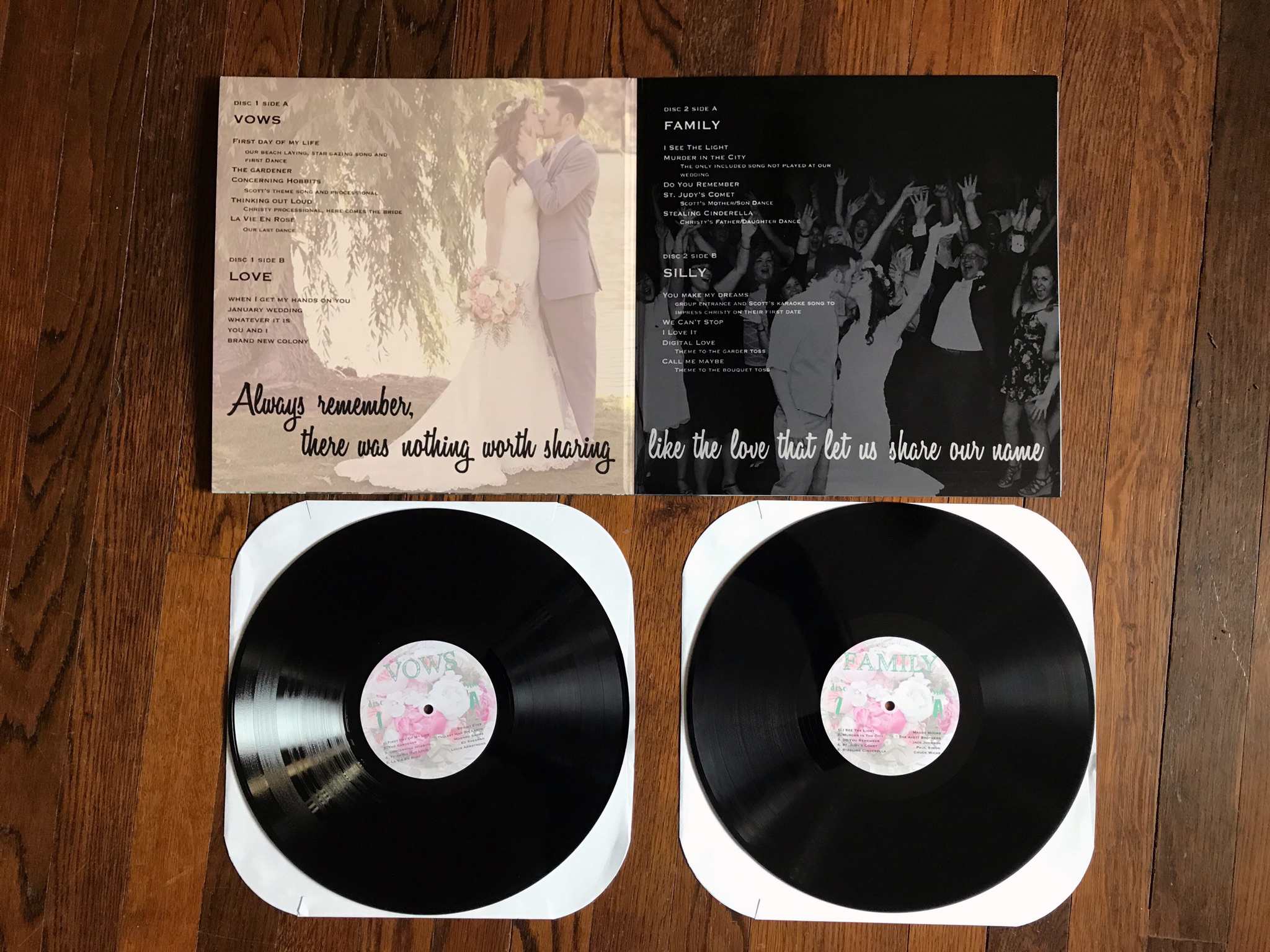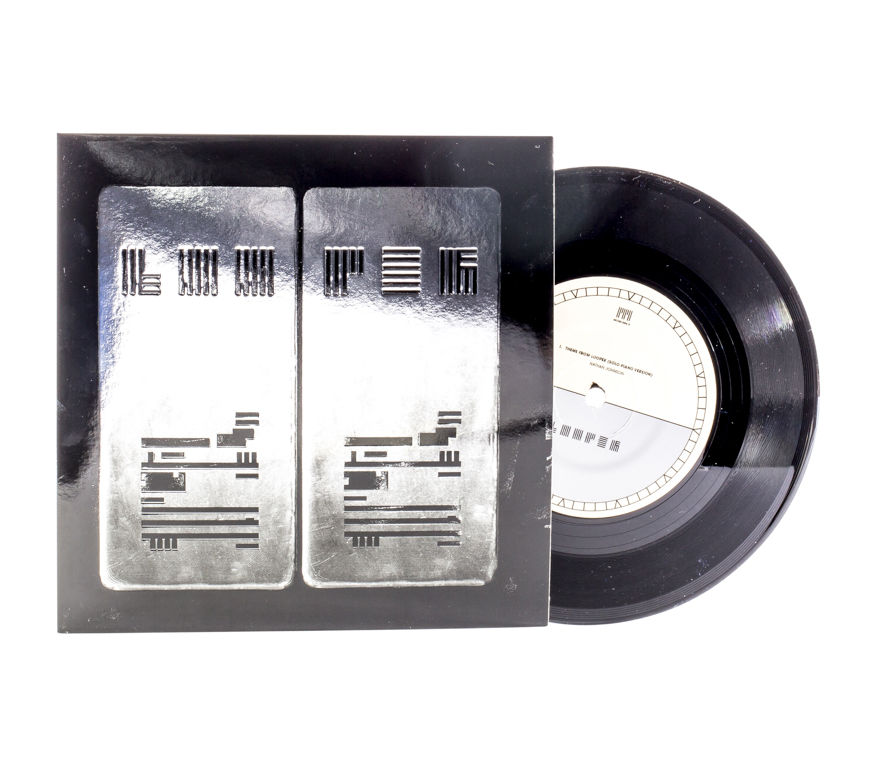
#Custom vinyl records usa portable
This resurgence has a lot to do with "vinyl's" sparing use of audio processing, intending more natural sound on high-quality replay equipment, compared to many digital releases that are highly processed for portable players in high environmental noise. However, records are still a favorite format for some audiophiles, DJs, collectors, and turntablists (particularly in hip hop and electronic dance music), and have undergone a revival since the 2000s. In the 1980s, phonograph use declined sharply due to the popularity of cassettes and the rise of the compact disc, as well as the later introduction of digital music distribution in the 2000s, both audio file downloads and streaming. In the 1960s, the use of 8-track cartridges and cassette tapes were introduced as alternatives. The disc phonograph record was the dominant commercial audio distribution format throughout most of the 20th century. Later improvements through the years included modifications to the turntable and its drive system, the stylus or needle, pickup system, and the sound and equalization systems. In the 1890s, Emile Berliner initiated the transition from phonograph cylinders to flat discs with a spiral groove running from the periphery to near the center, coining the term gramophone for disc record players, which is predominantly used in many languages.

Alexander Graham Bell's Volta Laboratory made several improvements in the 1880s and introduced the graphophone, including the use of wax-coated cardboard cylinders and a cutting stylus that moved from side to side in a zigzag groove around the record. The phonograph was invented in 1877 by Thomas Edison. In early acoustic phonographs, the stylus vibrated a diaphragm which produced sound waves which were coupled to the open air through a flaring horn, or directly to the listener's ears through stethoscope-type earphones. To recreate the sound, the surface is similarly rotated while a playback stylus traces the groove and is therefore vibrated by it, very faintly reproducing the recorded sound. The sound vibration waveforms are recorded as corresponding physical deviations of a spiral groove engraved, etched, incised, or impressed into the surface of a rotating cylinder or disc, called a "record". Thomas Edison with his second phonograph, photographed by Levin Corbin Handy in Washington, April 1878 An Edison Standard Phonograph that uses wax cylindersĪ phonograph, in its later forms also called a gramophone (as a trademark since 1887, as a generic name in the UK since 1910) or since the 1940s called a record player, or more recently a turntable, is a device for the mechanical and analogue recording and reproduction of sound.

They use the old album covers to make books and note-cards and send extra paper pieces to be recycled. They do most manufacturing in Philadelphia at their studio. But, because they are custom made from real records and are hand assembled, it takes about two weeks to complete each piece.įeel confident that this totally unique gift uses eco-friendly production standards.


The floating record looks super cool on the wall because it shows the background and its own shadow behind the record. Once your custom made vinyl record has its new label, it is carefully placed between two pieces of glass to look like it is floating in the frame. You can get as creative, saucy or simple as you’d like. You can choose from several of their vintage inspired designs. To make it uniquely yours, a new custom imprinted label is added. In fact, the manufacturer recycles about 150,000 records per year for their various projects. Go for the record! Whether they’ve hit a new personal milestone, done something spectacular worth celebrating or just totally rock, a custom framed record is a super unique way to commemorate it! These personalized records are REAL black, gold or platinum vinyl records that have passed their prime and are being given a new life.


 0 kommentar(er)
0 kommentar(er)
